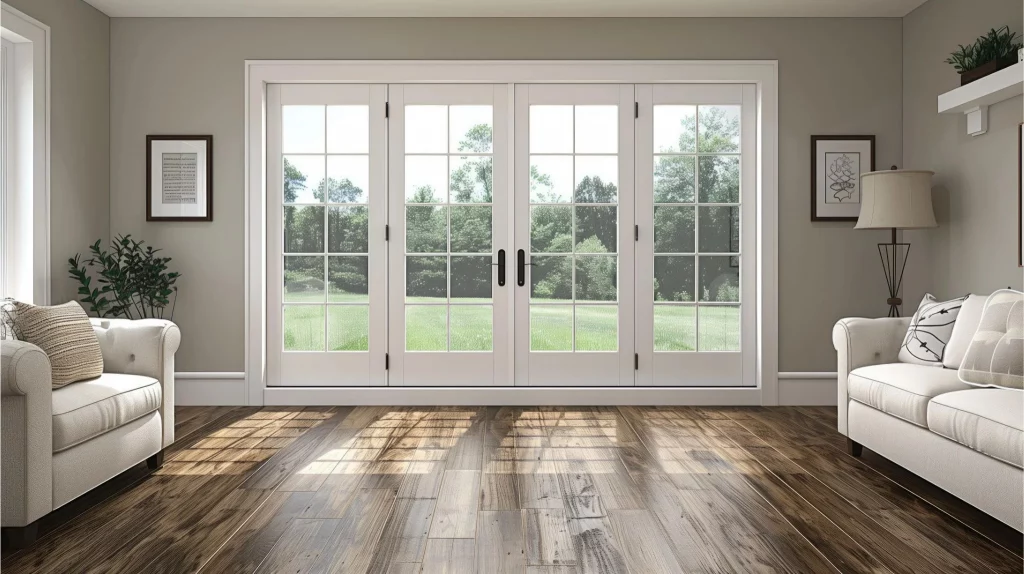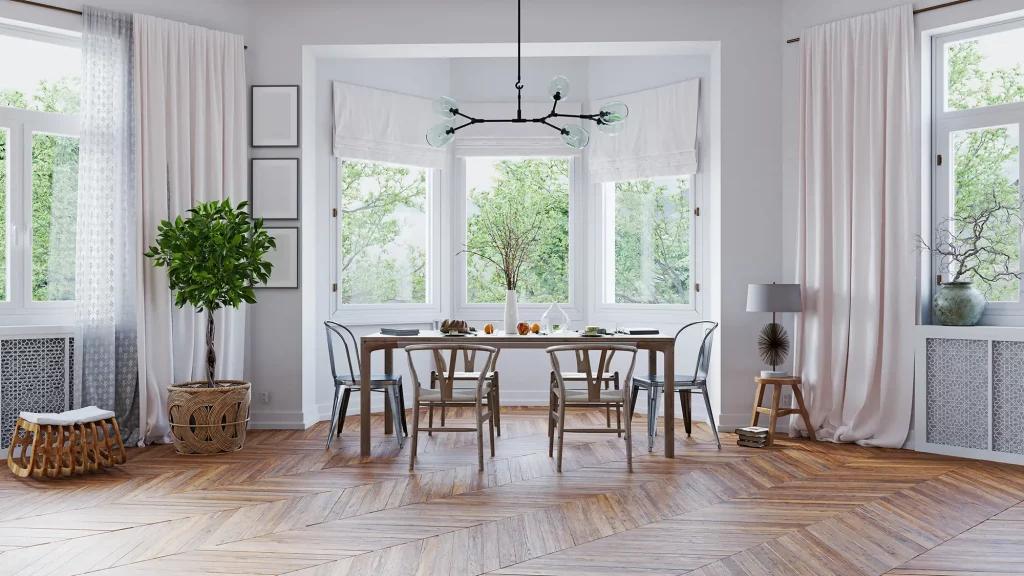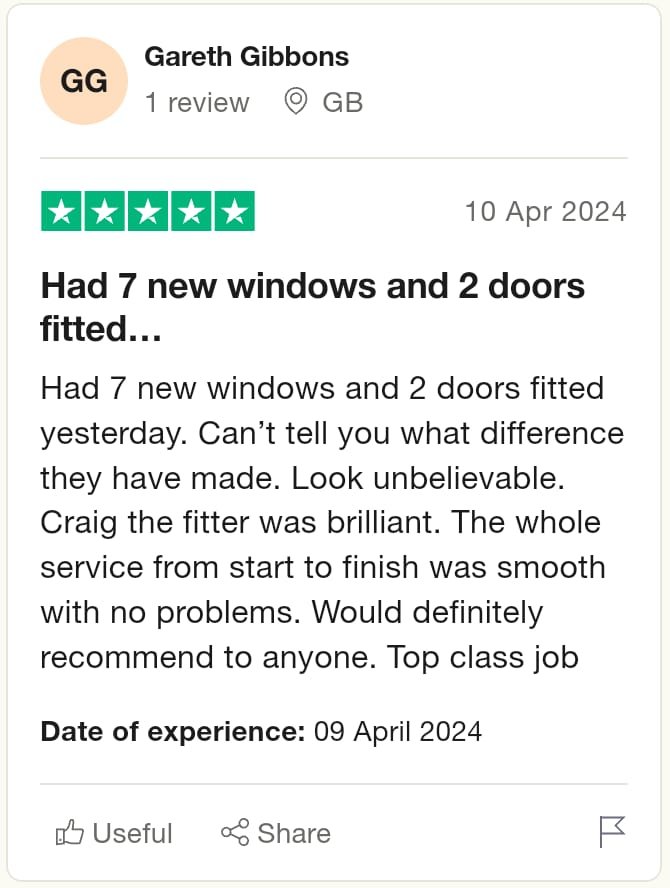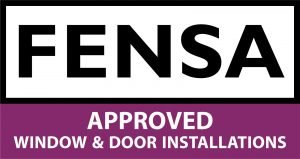toughened glass
Read about what is toughened glass and the benefits when used in a window.
To ensure safety, the use of toughened glass is necessary in areas considered “critical” and must meet safety standards.
Toughened glass is utilized in various applications where an extra level of safety is required. This includes areas where the risk of serious injury is high in the event of glass breakage. Some examples of these applications are large glass partitions, glass doors, bathrooms, tables, and shelves.
What Is Toughened Glass?
It is a type of glass that undergoes a heat treatment process, making it five times stronger than regular annealed (float) glass. In the event of breakage, toughened glass shatters into small granular pieces that are not sharp or jagged.
Toughened glass is specifically installed in areas that are at low levels and could potentially cause severe harm in case of accidental collision. It is also commonly found in car side windows and rear windows to ensure passenger safety. The windscreen, on the other hand, must be laminated.
Compared to laminated glass, toughened glass is more cost-effective due to its less complex manufacturing process. While laminated glass can also be used for safety purposes (primarily for security), toughened glass offers a more economical solution.
Heat-strengthened glass follows a similar production process but does not achieve the same level of strength as toughened glass.
We offer safety glass for all of our windows
Keep your loved ones and pets safe with safety glass in your doors and windows.
Comparing Toughened Glass to Standard Glass
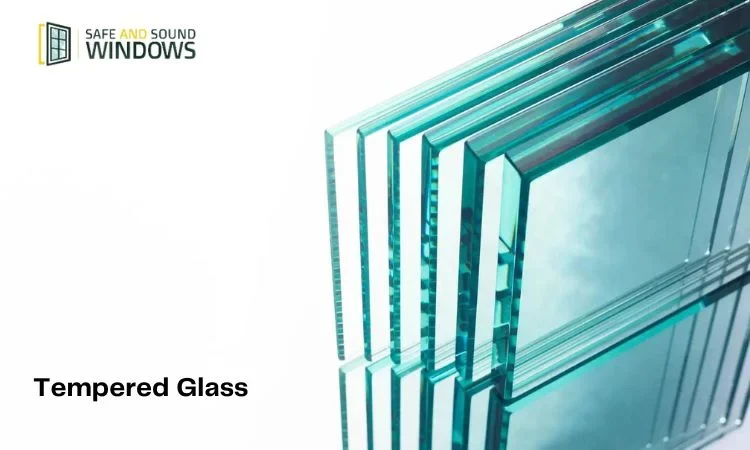
Strength Comparison
Toughened glass, also known as tempered glass, is up to five times as strong as standard annealed glass. This enhanced strength is due to a manufacturing process that involves intense heat followed by rapid cooling, creating high compressive stresses on the surface. This makes toughened glass significantly more resistant to breaking under stress and able to withstand higher loads.
Its aesthetic versatility allows for use in various applications, enhancing the visual appeal of any space.
Breakage Patterns
When toughened glass does break, it shatters into small, granular chunks rather than sharp, jagged shards that are typical of standard glass. This breakage pattern minimizes the risk of injury from sharp edges. In contrast, standard annealed glass breaks into long, sharp splinters that can cause severe injuries, making toughened glass a safer option in environments where human safety is a concern.
Safety and Security Aspects
Toughened glass is considered safety glass due to its breakage pattern and strength. It is commonly used in areas where there is a high risk of human impact or where security is a concern. The small, blunt pieces that toughened glass breaks into are less likely to cause injury, making it ideal for use in passenger vehicles, glass doors, and furniture.
Additionally, while toughened glass is designed to shatter completely under extreme impact, thereby reducing resistance to continued forced entry, laminated glass might offer better resistance to intrusion despite having a lower break point.
This makes the choice between toughened and laminated glass dependent on specific safety and security needs.
Explore Window Glazing
Characteristics and Applications of Toughened Glass
Strength and Durability
Toughened glass, often referred to as tempered glass, exhibits exceptional strength and durability. Safe and Sound Windows utilizes this glass due to its ability to withstand surface compression of at least 10,000lbs per square inch, making it four to five times stronger than conventional annealed glass.
This robustness is crucial in high-rise buildings and areas experiencing heavy environmental loads such as wind and snow.
Versatile Uses in Architecture and Design
Toughened glass is not only strong and safe but also versatile, making it a preferred material in modern architecture and interior design. It is used in structural glazing to create seamless, frameless looks, and in glass facades of commercial buildings for aesthetic appeal and durability.
Additionally, its use extends to functional and stylish elements such as glass staircases and balustrades, enhancing both the safety and visual components of building designs.
Different Glass Types for Different Needs
View the safe and sound range of specialist glass and glazed units.
Here are some frequently asked questions
Toughened glass is considered safe for various window types due to its ability to withstand high pressure and surface compression, up to 10,000 pounds per square inch. Classified as safety glass, it is designed to be less likely to shatter upon impact, enhancing its safety features.
The primary distinction between toughened glass and other forms of safety glass, such as heat-strengthened glass, lies in its strength and the manner in which it breaks. Toughened glass is approximately twice as strong as heat-strengthened glass and shatters into small, safer pieces.
Conversely, heat-strengthened glass breaks in a more controlled way but needs to be laminated to be considered safety glass, as it does not break into small pieces.
A notable limitation of toughened glass is its inability to be modified post-manufacture. Once toughened glass has been shaped and formed, it cannot be drilled into or cut without compromising its integrity and safety features.
Toughened glass for windows is created by heating a pane of standard strength glass to very high temperatures and then rapidly cooling it. This process forms a highly durable outer layer on the glass, making it capable of resisting impacts and significant temperature fluctuations without breaking easily.
We Can Help You Choose the Right Glass for Your Home
Book your free quotation appointment with one of our local consultants who will discuss your requirements, show you samples and provide you with a free no-obligation quote.

